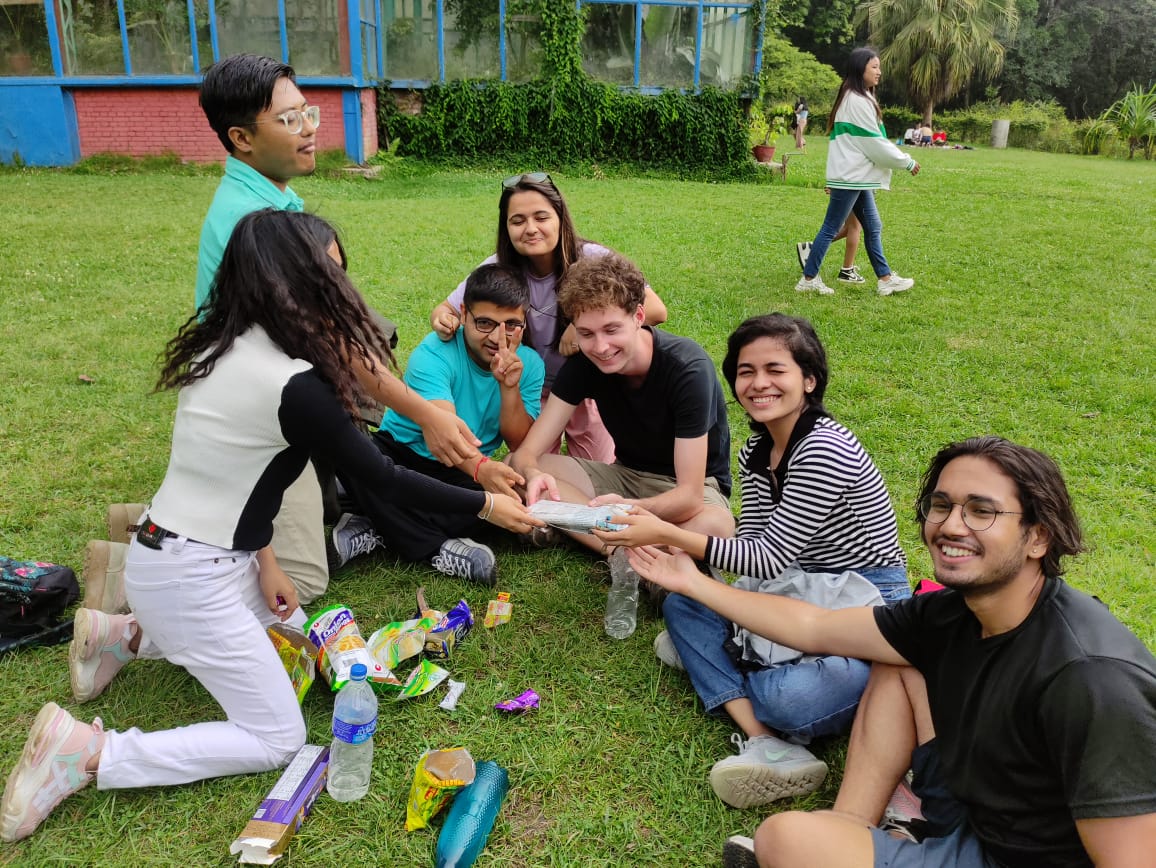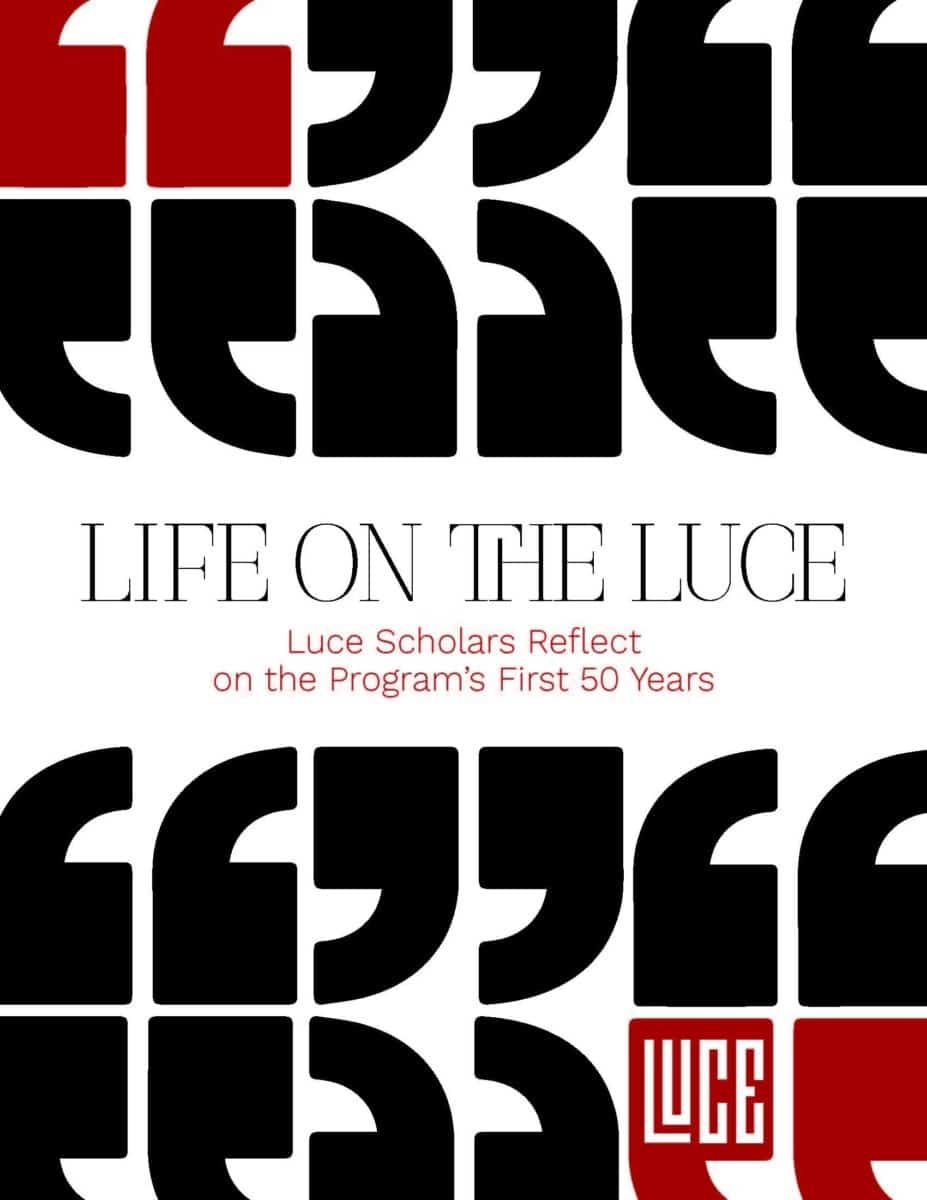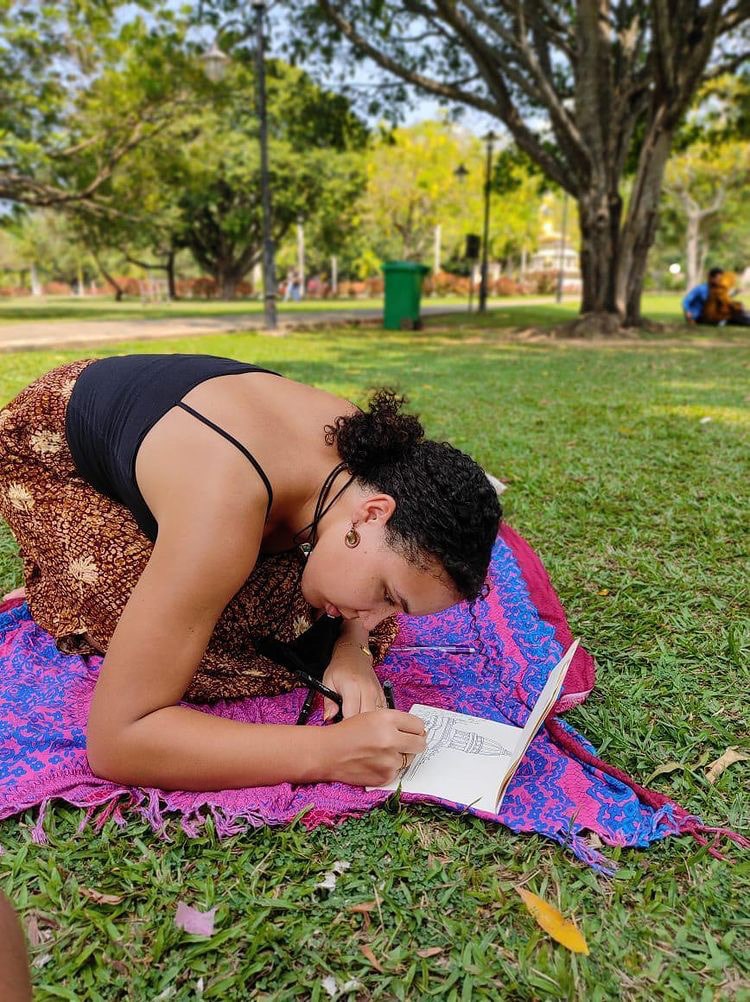I arrived in Nepal with plenty of assumptions about what climate change looks like. As an atmospheric phenomenon, I associated it with particular markers of change – sea-level rise, drought, agricultural failure. I was prepared to investigate how public narratives of these crises were changing over time, and how the future was being imagined by different communities in light of climate change.
I worked with hydropower experts, young writers, electricity researchers and architects throughout my time in Nepal through a variety of placement and research activities. I asked the same questions of different groups: What does Nepal look like in ten, twenty, fifty and even one hundred years? How does climate change look in that context? And what are your personal aspirations for Nepal and the world?
I was driven to do so by an immense curiosity and a certainty that narratives of the future influence decision-making in the present, and by my own intense yearning to find hope. As the climate crisis worsens around the world, Nepal – considered by some to be the fourth most climate-vulnerable country on Earth – is often forgotten in discussions of sea-level rise and coastal storms, neither of which are likely to severely impact the Himalayan nation. However, Himalayan glacial-fed rivers – responsible for feeding up to a billion people in South Asia – are at risk as glaciers rapidly melt, and rainfall patterns and drought pose major threats to the agriculturally-dependent economy of Nepal. Nepal is at the crux of an often-neglected, looming crisis.
Perceptions of this crisis within the country are varied and complex. No two individual narratives of the future were exactly the same, with different levels of access to information and distinct aspirations at play. However, what I did find near-universally was a wealth of solutions. As one expert said, “We’re hopeful because we have to be.” When I asked local architects and artists to design models of Kathmandu in the year 2100, their cities were resplendent with innovative designs and concepts for navigating the climate-changed world. Even the most dire predictions about governance that I encountered were balanced with a description of what could be, if a few changes were made to the systems that exist today. There was no shortage of ideas for how things could be improved, and how society might rise to the occasion of climate change.
I taught a workshop on climate fiction and futurism with a group of young Nepali writers, and edited, compiled and published an anthology of their work. Their stories reflected an intense fear of the climate crisis among youths here. Their passion for the project also spoke to an ocean of creative energy around the issue. Each participant wrote countless stories about the future of Nepal, and many of our discussions centered around the myopia of the West in neglecting South Asian communities and perspectives. The anthology, which began as a side passion project, quickly became my biggest focus. The community of writers built an engaged community, and proactively invited me into their worlds and perspectives. As I return to the U.S., I hope the anthology can bring their voices into the Western imaginary of our shared future.
The greatest lesson I would take back to the U.S. from South Asia is that this region can be a wealth of ideas for living in a climate-changed world. In Kathmandu, most hot water heaters are solar powered, the three-wheeled bus-taxis have been quietly electric for twenty years, and the majority of electricity is produced through hydropower. Nepal also has remarkably stringent protections for forests. None of these sectors are without ingrained challenges and controversies that require attention. But they are all spaces where we in the U.S. focused on climate can find not just good ideas but the voices of people with enormous potential contributions to the conversation.


